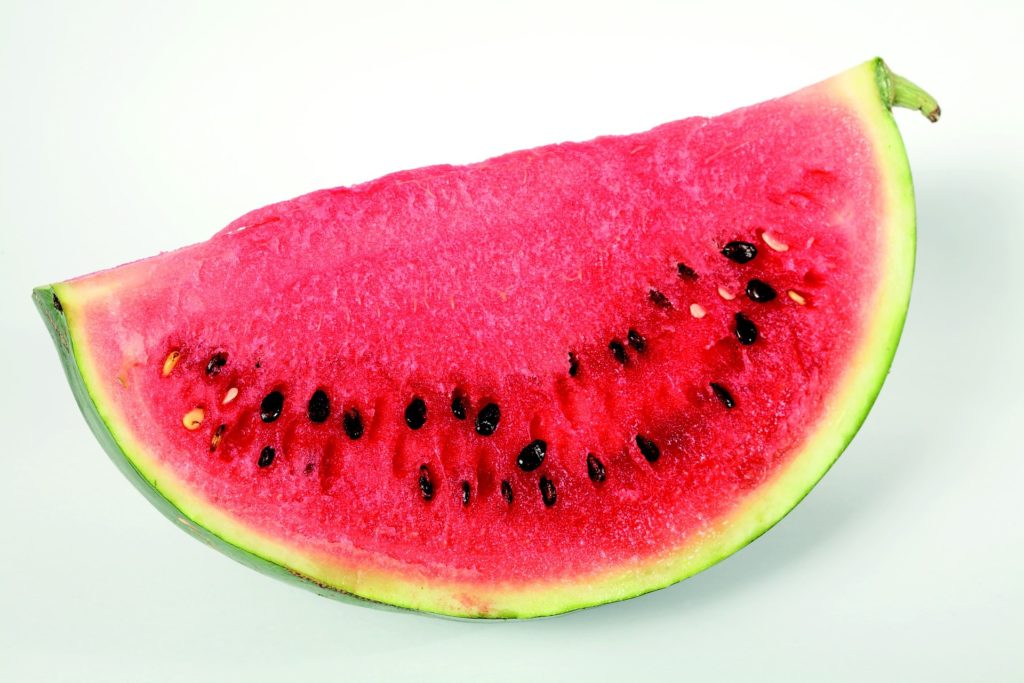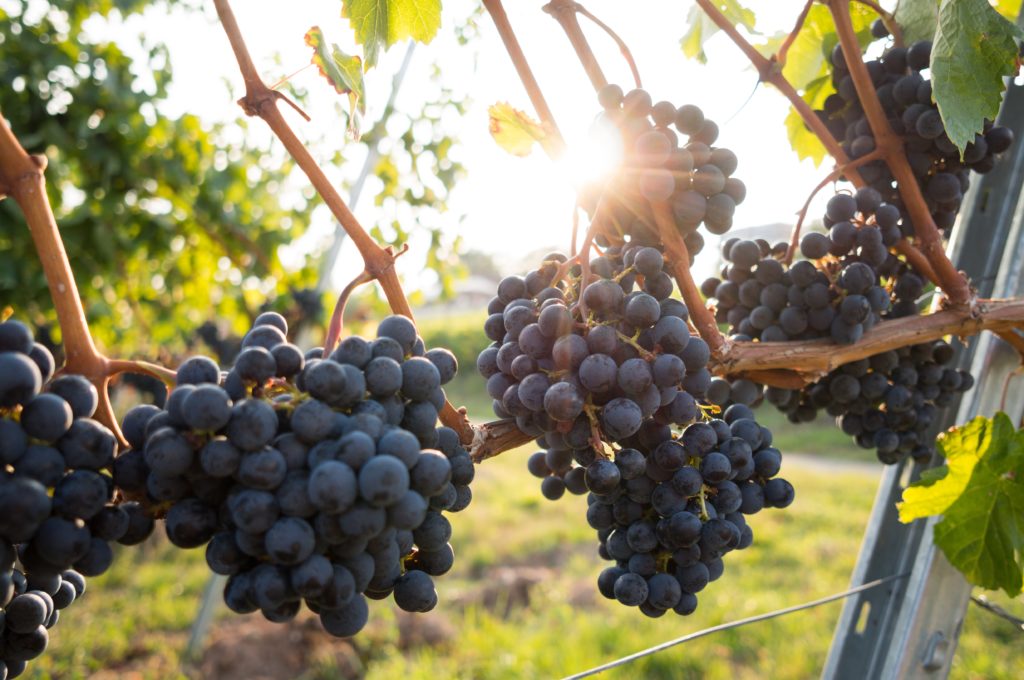Contents
Xigua
We are discussing Xigua as the first fruit that starts with X. It is a watermelon native to Africa. It’s among the first fruits that start with the X. It is pale yellow on the outside and crimson on the inside. Citrullus Lanatus is its scientific name, so it is high in vitamin C. It is, nevertheless, quite identical to the other variety of melon in the globe, with few notable distinctions.
This fruit, which comes from the same genus as cucumbers and pumpkins, is a tasty and nutritious delicacy. In the U. S., it is best eaten. Interestingly, the Chinese word Xigua also signifies “watermelon.”
Xigua is a pleasant food that holds over 90% water, so it will undoubtedly help you keep water in warm temperatures. As summer arrives each year, it is a distinctive type of cuisine all over the world.
Ximenia caffra

The giant sour plum is a tiny shrub or tree with several alternative applications and brightly colored fruit. It grows well as a bush cluster or as half of a garden border screening to draw fruit-eating birds and numerous insects.
The sour plum, Ximenia Caffra, is a part of the Olacaceae group and is endemic to tropical places such as Africa, Kenya, Tanzanian, Ugandan, and Zimbabwe. It has a sour flavor with a drying aftertaste and is high in potassium.
Ximenia caffra starts greenish and matures to red or orange with a high tannin content. They may be eaten fresh, but they’re also prepared for sweets, jellies, and jams. Suurpruim, Mtundakula, and AmatuNduluka are some of the other names for Ximenia caffra.
It is the genus for sour plum and is also known by several other names. This fruit is high in potassium and also has a sour flavor.
Xylocarp
This fruit is similar to coconut in appearance and has a tough shell. It is a huge plant with the scientifically known AfzeliaXylocarpa.
Xanthium
Xanthium is one of the fruits that start with X . Xanthium, scientifically known as cocklebur, are a flowering plant genus in the sunflowers family of the daisy family, native to the Americas, some parts of eastern Asia, and portions of South Asia.
It’s being used to clear out air and moisture and is among the most significant medicines for clogged sinuses, persistent nasal blockages and emissions, and lung allergies. In the Western world, Xanthium is used as a pain reliever to help alleviate joint pain, as well as headaches caused by sinus problems and sinus infections.
Because of its color and form, this fruit is frequently utilized in Chinese medicine and has a special name in Chinese, Cang Er Zi. In Western nations, Xanthium is often used as a pain reliever to alleviate discomfort and migraines caused by nasal congestion.
Xoconostle
Fruit of the Xoconostle cactus develops at the tips of nopales, or cactus paddles, often in bunches of up to one dozen on a single blade. The fruit of the Xoconostle cactus is in the shape of a pear and narrowing to a tip.
The little fruit is 5 – 8 centimeters in length and four to five centimeters in diameter. It does have a light green epidermis with a confused color and a delicate pink hue when ripe. Its Xoconostle cactus, like the prickly pear, is coated in bunches of small spines that, when removed, create little round marks. The pulp of this cacti fruit species ranges from dark green to light peachy or pink in color and has a soft, juicy texture.
Xinomavro
The green in color grape type Xinomavro (or Xynomavro) is widely cultivated in northern Greece. It is also grown in the Kingdom of North Macedonia but to a smaller level. In its native Greek, the varietal is ranked as the leading red wine the nation has to offer.
Xinomavro, including its notably strong tannins and acid, is architecturally one of the largest red wines in the Mediterranean, if not Europe. The name Xinomavro is a combination of the Greek words for acid and black, however, it is frequently rendered as black and tart. This provides some insight into the flavor and character of the best wines from the varietal.
Xylocarpus Granatum
Xylocarpus granatum is a midsized annual plant that can reach heights of 12 m. (39 ft). Structures and the above roots spread for great lengths to each side of the stem. Its peel is dark and silky, and it peels off. The leaves are alternate and clustered on the branches, with 2 to 4 leaves alternate and are light green when new and intensify with age.
The flower appears in the form of a small panicle in the axil of a leaf or at the tip of a stalk. Its timber is sturdy and strong, and can also be used for shipbuilding, manufacturing, and woodworking; nevertheless, because the plants are twisted and often empty, big chunks of wood might not even be accessible; the timber can also be used for tool bits as well as other small objects, and can also be used as fuelwood, but it catches fire rapidly. The peel has a high concentration of tannin and is used to thicken rope and dye fabric. Conventional medicine has made use of peel, fruit, and seed.
Xarel·lo

One of the three major fruits needed to make effervescent Cava (along with Macabeo and parallada). Including its strong acid, Xarel-lo is said to compliment the creaminess of Macabeo (called Viura). Xarello is white grapes of Spanish provenance that are planted mostly in Catalonia.
It is located near Brustiano faux & ‘Gibi,’ a term for something like the Hebén grape from Spain. Xarello, together with Macabeo and Parellada, is one of the three classic grape varieties used to manufacture champagne, a white wine. Wine made from Xarello is more aromatic and has a greater flavor than wine created from the other two species.
Xoay
Now let’s talk about one of the amazing fruits that start with X. In Vietnamese, Velvet Tamarinds are known as Xoay. Fabaceae is a legume group. It is widespread in Vietnam, Malaysia, Cambodia, Laos, Thai, as well as other Western African nations. Tropical fruits, like the Xoay tree, thrive in thick forest environments.
Xiangjiao (Chinese call it “banana”)
Well, something similar, but in a different tongue! Banana is known as Xiangjiao in Chinese. I feel that Xiangjiao is among the world’s largest and most beloved and famous fruits. Xiangjiao is undeniably healthy and well-known for its minerals and potassium content. It doesn’t grow exclusively during certain seasons of the year; it is accessible throughout the year.
Unlike many other fruits, Xiangjiao continues to mature after it has been picked. Its fruit is quite tasty and may be used as a component in a variety of cuisines and beverages. Protein shakes, muffins, cakes, pastries, crepes, and other delicacies made with bananas are just a few examples. But be cautious! Xiangjiao may trigger allergic responses in certain people, resulting in apparent signs such as itching.
Xing Zi (Chinese for “apricot”)
Xing Zi, which translates as “Apricot” in Chinese, is a Rosaceae group berry. Additional fruits in this group include cherries, peach, and plum. Xing Zi is cultivated in moderate areas all over the world, notably in the Mediterranean.





